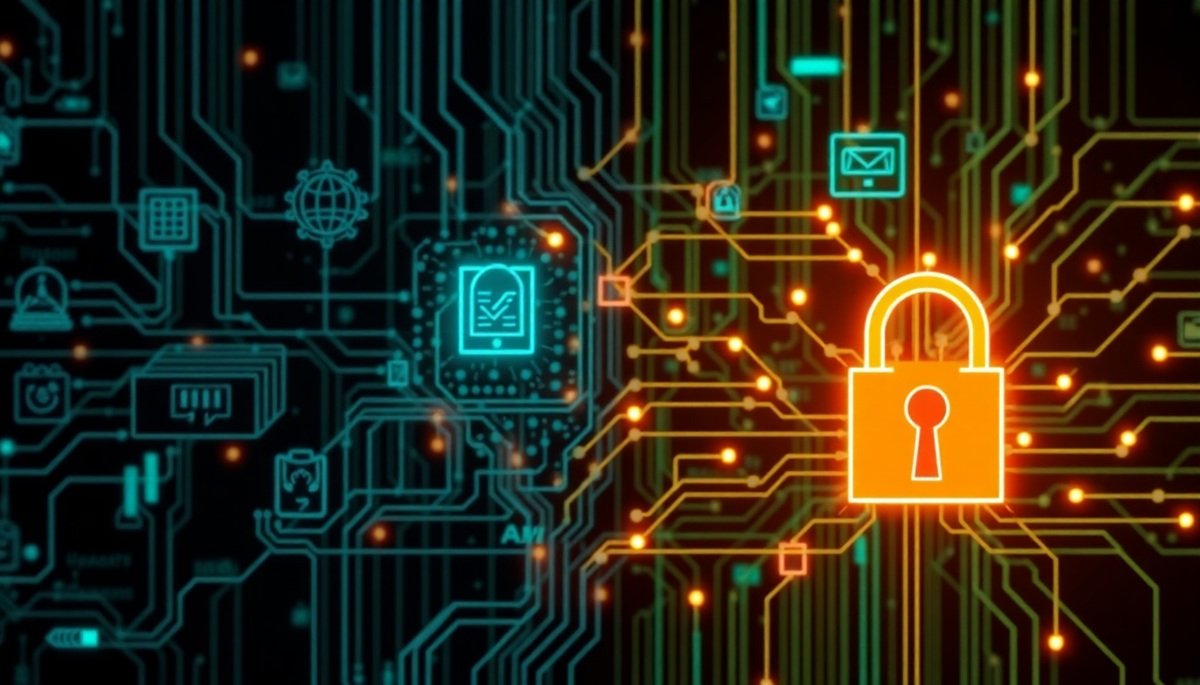
 In a region where smart cities, digital transformation, and critical infrastructure projects are accelerating at unprecedented speed, the Middle East is confronting a new kind of security challenge—one where physical and cyber threats are no longer distinct. From AI-powered surveillance systems to interconnected HVAC and access control networks, modern buildings and public infrastructure are becoming prime targets for threat actors capable of crossing both digital and physical boundaries.
In a region where smart cities, digital transformation, and critical infrastructure projects are accelerating at unprecedented speed, the Middle East is confronting a new kind of security challenge—one where physical and cyber threats are no longer distinct. From AI-powered surveillance systems to interconnected HVAC and access control networks, modern buildings and public infrastructure are becoming prime targets for threat actors capable of crossing both digital and physical boundaries.
The concept of unified security operations is gaining momentum across the region. Once siloed disciplines, physical and cybersecurity are being drawn together by necessity. The convergence is driven not just by the complexity of modern threats, but also by the interdependence of physical assets and digital systems. And while the opportunity is enormous, so are the challenges.

“Organisational inertia and legacy systems are some of the biggest hurdles,” says Ilias Tsapsidis, Sales Director for Middle East, Greece, Cyprus & Malta at ESET. He explains that aligning teams that have operated independently for decades—facilities and cybersecurity—is no easy feat. Yet, ESET is already pushing forward with a proactive approach, focused on integrating cybersecurity with physical security elements like access control and IoT infrastructure. “Our role is to make sure that emerging technologies are protected as soon as they’re deployed,” he adds.
One of the key risks in smart environments lies in access control. Once the domain of physical security alone, entry systems are now digital, connected, and often overlooked by traditional IT teams. Tsapsidis stresses that physical access is now part of the broader attack surface. “We integrate MFA, secure IoT devices, and constantly monitor PAC systems to make sure they aren’t weak links,” he says.
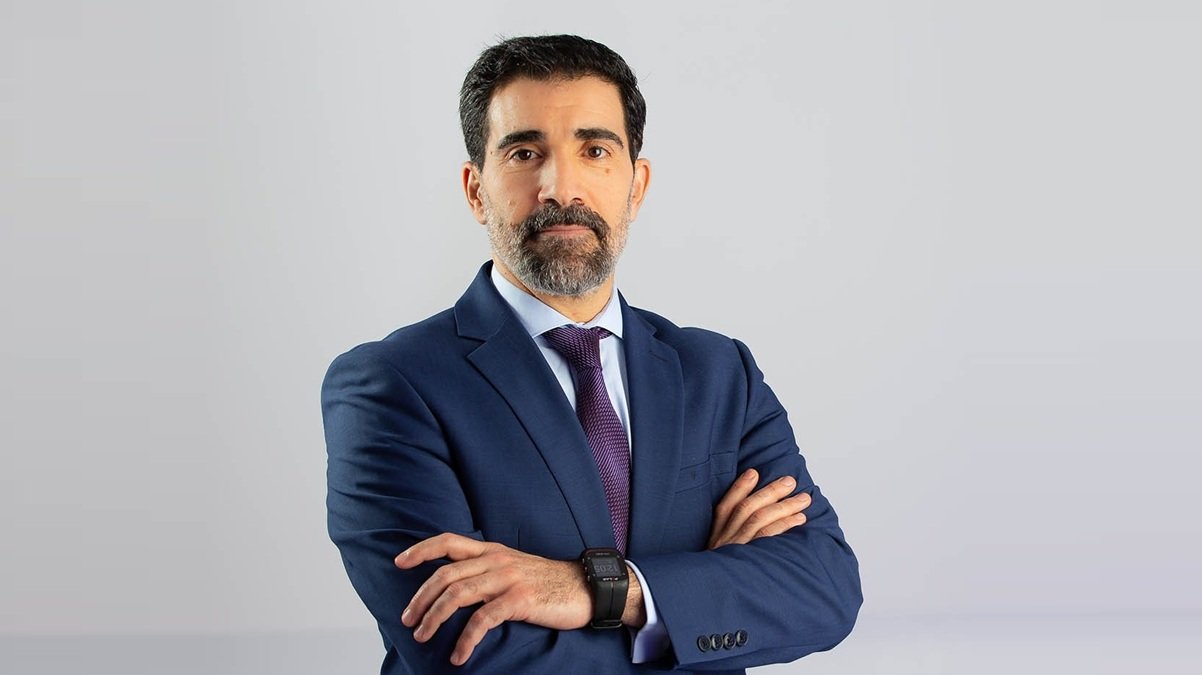
The urgency to converge becomes even more pressing when considering the explosion of xIoT devices in smart buildings. CCTV cameras, printers, biometric scanners, and environmental sensors all sit at the intersection of physical and cyber infrastructure. Osama Alzoubi, MEA Vice President at Phosphorus Cybersecurity, points out that these devices are commonly exploited due to their lack of visibility.
“Most organisations focus on traditional IT assets, leaving connected physical devices unprotected,” he says. Phosphorus’s unified platform addresses this by continuously inventorying and monitoring all xIoT endpoints. “We’re securing door controllers and sensors the same way we secure servers—because attackers don’t care which door they get in through,” he explains.
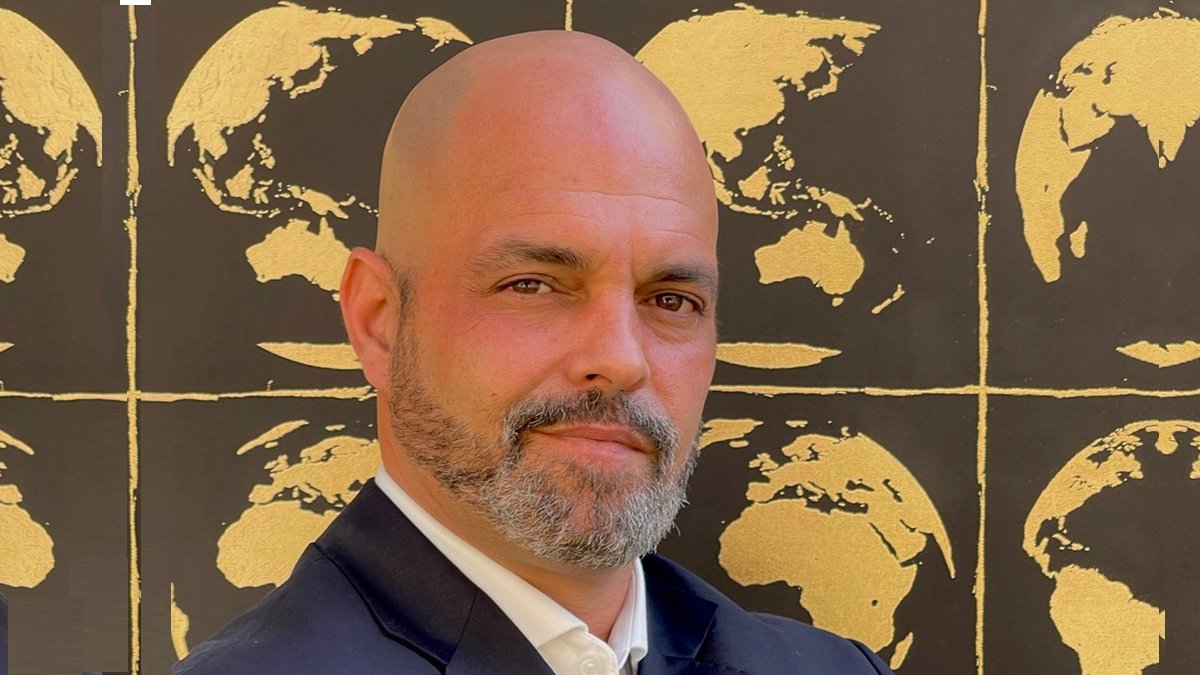
The shift toward convergence is not only technical—it’s philosophical. At CyberArk, the convergence strategy is rooted in identity and trust. “We apply Zero Trust principles across all systems, whether digital or physical,” says Laurence Elbana, Director of Sales MEA. For CyberArk, the critical step has been extending identity protection to physical access systems, ensuring they’re integrated into the broader cybersecurity strategy. “The key is visibility and early detection,” he explains. “When a door badge event is correlated with an unusual system login, that’s where convergence creates true security intelligence.”
This merging of physical and cyber signals is increasingly being powered by artificial intelligence and real-time analytics. AI can detect anomalies that span both domains, such as a door forced open minutes before a suspicious login. “AI allows us to correlate physical events with network activity,” says Alzoubi. “This predictive capability reduces dwell time and lets us act before damage is done.”
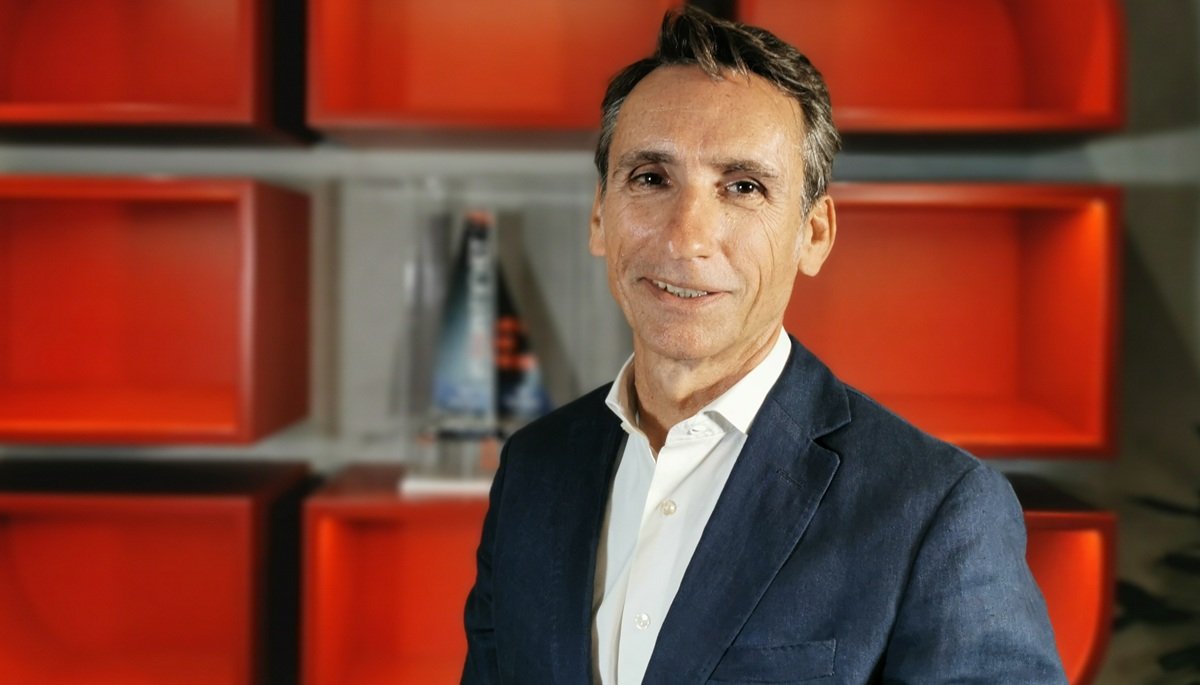
Fortinet is taking this to scale across the Middle East through its Security Fabric architecture, which extends across IT and OT environments. “The challenge lies in aligning risk priorities—IT wants to protect data, OT wants uptime,” says Alain Penel, VP of Middle East, Turkey & CIS. Fortinet’s OT Security Platform includes solutions like FortiNAC and FortiEDR, bringing network segmentation and Zero Trust access to traditionally isolated physical systems. “We’re securing everything from elevators to HVAC units, treating them as cyber assets,” Penel explains. This approach is especially vital in the Middle East, where smart city infrastructure is expanding rapidly, and every endpoint could become a vulnerability.
Where AI plays a defensive role, data analytics brings agility. “Behavioural baselines are essential for proactive defence,” says Elbana. “We analyse user behaviour across both environments—if something feels off, the system flags it before it escalates.” This kind of integrated detection is what unified security operations are all about: faster decisions, faster responses, and fewer blind spots.
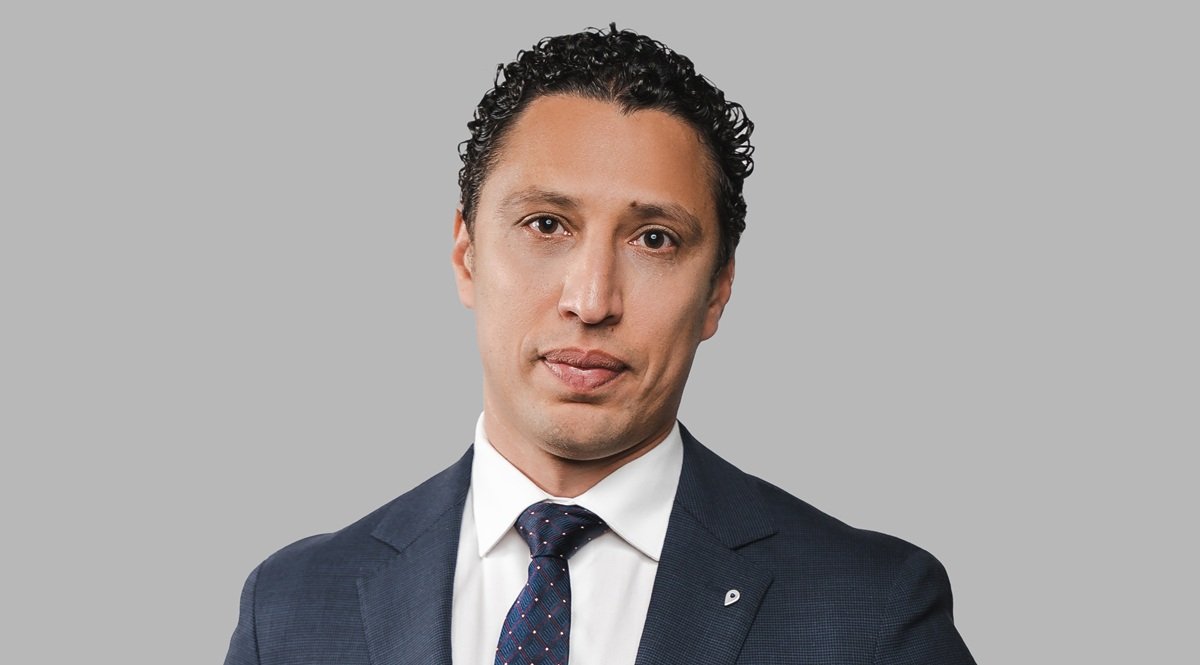
At Kaspersky, the convergence mission is centered on protecting operational technology (OT) and industrial control systems (ICS). Traditionally, these systems were considered off-limits to cyber threats. But as digitisation spreads, so does exposure. “OT teams never used to prioritise cybersecurity,” says Essam Seoud, Head of Enterprise Sales for the Middle East, Turkiye, and Africa. “Now, they have no choice.” Kaspersky’s Cyber Immunity framework is designed to protect critical systems like SCADA and PLCs not just through software, but through built-in design principles that make systems inherently resistant to intrusion.
“Smart buildings can’t afford failure,” Seoud says. “That’s why we developed the Kaspersky IoT Secure Gateway—to ensure connected systems are protected from both physical tampering and cyber manipulation.” As buildings become smarter, so too must the security layers that defend them. Kaspersky’s approach emphasises automation, centralised management, and the need for consistent policies across both IT and OT landscapes.
While technology is advancing, experts agree that convergence also requires human cooperation. “Breaking silos between physical security teams and cybersecurity teams is cultural work,” says Tsapsidis. Training, shared risk models, and cross-functional collaboration are just as important as the technologies that underpin unified operations. “You can’t defend a connected world with disconnected teams,” he adds.
As the Middle East continues its smart infrastructure boom—from NEOM to Dubai’s AI-led governance—the convergence of physical and cybersecurity will define the region’s resilience. Organisations that align these domains will not only defend against today’s threats but will be prepared for tomorrow’s risks.
Unified security operations centers (SOCs) are emerging across the region as integrated command hubs, managing everything from suspicious card swipes to ransomware alerts. These SOCs are combining AI, data feeds, and cross-domain expertise to deliver comprehensive situational awareness—turning information into action, and action into prevention.
In this fast-moving digital landscape, where doors unlock with digital credentials and networks connect elevators, lights, and people, the definition of a “breach” has changed. It’s no longer just about stolen data—it’s about compromised buildings, hijacked sensors, and manipulated environments. And defending against that requires a new mindset.
The convergence of physical and cybersecurity isn’t a trend—it’s a transformation. And in the Middle East, that transformation is well underway.